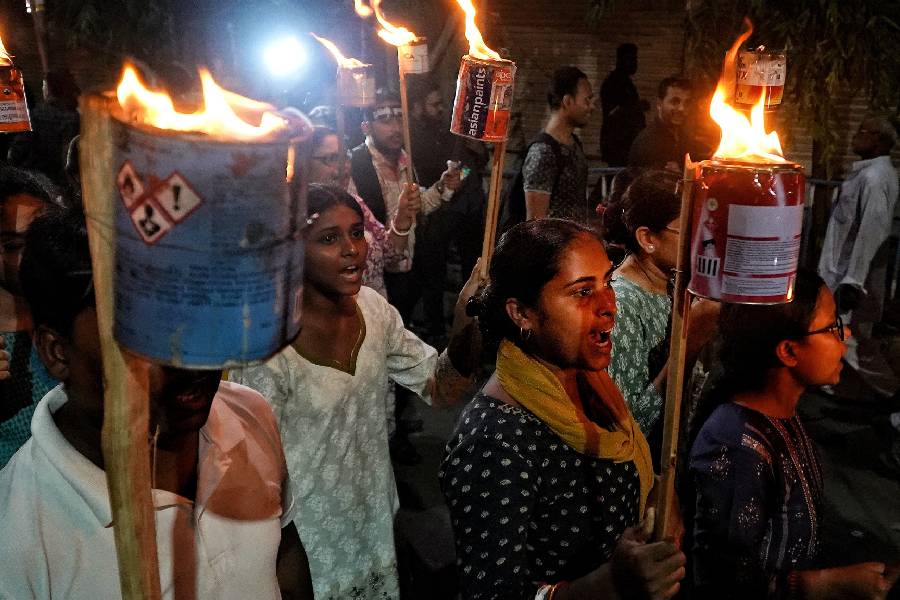 |
The writer recalls her visit to the dilapidated house of one of the greatest poets whose pen continues to mesmerise connoisseurs of poetry
A 150-year-old house. A house dipped in history and poetry. The house of Mirza Ghalib. But is this the place I was looking for?
After I shifted to Delhi in 1970, I started visiting all the historical places in the capital city — not just the popular tourist attractions but other places and sites that are less famous and almost forgotten with the passage of time. During those visits, my companion was Mahesh Gupta, who was an official of a central intelligence agency. I had rented his house and hence, we became close friends.
But I was shocked at first. The place of my dreams has changed beyond recognition. All romantic notions I had about the place were gone. Kasim-Jaan Gali is the locality where Ghalib’s house stands. There was nothing there to suggest that here lived one of the world’s most brilliant poets. The street was lined with electronics and garment shops. It was the year 1976. I had visited the place around 10 years ago but now the entire place had changed.
We came and stood in front of a derelict, worn-out building — Ghalib’s house. Is this the same place where Ghalib spun magic with words and brought the moon and the sun to earth in his shayaris?
Is this the same place where Ghalib tried to drown his sorrows in drinking binges and got the inspiration to create such masterpieces?
The big archway stood as a silent sentinel to the changes all around it. A front room has been turned into an office chamber.
“Let us try out the office first and see if someone can help us,” Gupta told me.
I strode to the office with all the dreams of a 16-year-old. A kurta pyjama-clad youngster came out to meet us. “Here, here,” I almost stammered. “Ghalib lived here.”
I asked about the present owners of the building. “Miyan Sizauddin and Miyan Fakruddin,” the youngster replied.
“Can you show me the marks of cannon balls fired in 1857? When the British fired their heavy weapons after putting up a checkpoint at the Jama Masjid? I have been told that almost all the buildings here have those cannon-ball marks. Are those still here? Can you show me?” I implored breathlessly.
The youngster looked at me blankly, as if in utter surprise.
I asked again: “Can you show me any place in this house which has not been changed?”
He then got busy. “Come, please come with me.” He started to walk and we followed.
He showed us a room near the courtyard. Ghalib was an aristocratic person, refined in his tastes. Once this room regularly used to host important royal members and business people. The wooden doors were exquisitely ornate. However, the floor was bare, made of earth. Maybe there was once a marble floor. But that we can only imagine now.
I was thinking, did Ghalib use to stand on a rich Persian carpet?
But how could he afford costly carpets? Ghalib’s financial condition deteriorated very much towards his last days. The man who wrote poetry for both the Mughals and the British rulers never had enough money. He had to survive only on a small pension given by the Nawab of Rampur.
Ghalib was rich only in his thoughts. And words.
(To be continued)











